Overview
Map
Other Details
دير كرمل والدة الإله والوحدة
Harissa
Keserwan
Mount Lebanon
دير كرمل والدة الإله والوحدة - حريصاسنة ١٩٦١ أَذَن رئيس المجمع الشرقيّ الكاردينال تيسيران أن تنتقل ثلاث راهبات إسبانيّات كرمليّات من طقسهنّ اللاتينيّ الى الطقس البيزنطيّ بغية تأسيس دير كرمليّ مشرقيّ هدفه الصلاة لأجل وحدة الكنيسة. وقد شاءت العناية الإلهيّة أن تكون الراهبات من الأديار التي أسّستها تريزيا الأفيليّة بداية الإصلاح. إفتُتح الدّير في ٢٤ آب سنة ١٩٦٢. زاره البابوان يوحنّا بولس الثاني وبندكتوس السادس عشر إبّان زيارتيهما الرسوليّة الى لبنان. كنيسة الدّير بيزنطيّة الطابع مع فبّة، تتميّز كونها مغطاة بالجداريّات، وإيقونوستاز خشبيّ، وشعريّة الحصن للراهبات.The Monastery of the Theotokos and the unity - HarissaIn 1961 his eminence Cardinal Tisserant agreed that three nuns join the Byzantine rite to create an oriental Carmelite nunnery with the aim of prayer to the unity of the church. The divine wisdom made the three nuns come from the original monasteries founded by St Theresa of Avila. The monastery was inaugurated on the 24 of august 1962. Popes John Paul II and Benedict XVI visited the monastery upon their visit to Lebanon. The monastery’s church is of Byzantine style with a dome and a wooden iconostatis, it is fully covered with frescoes and has a distinctive seperator to demark the cloister of the nuns.
Visited 1463 times, 3 Visits today

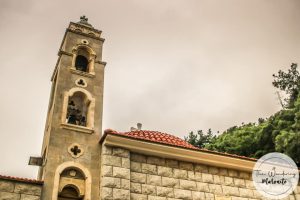

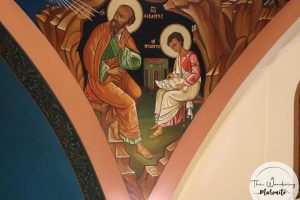
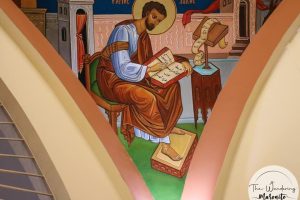




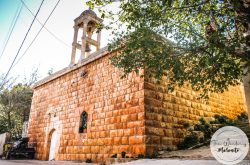

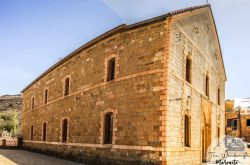
Reviews are disabled, but trackbacks and pingbacks are open.